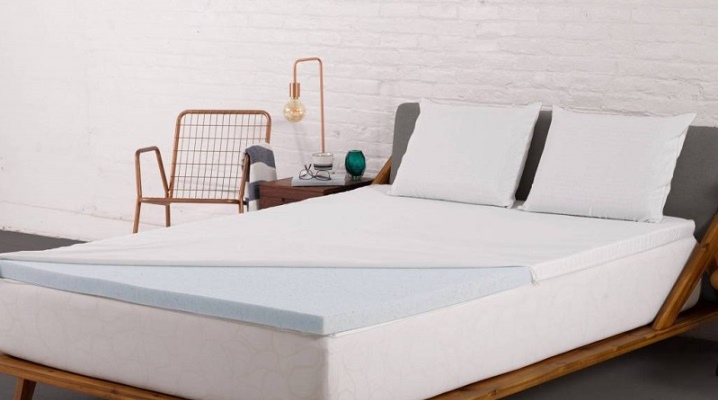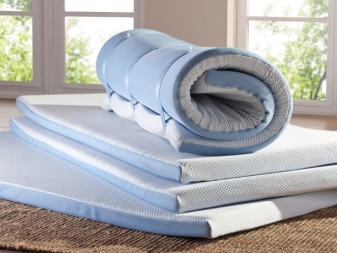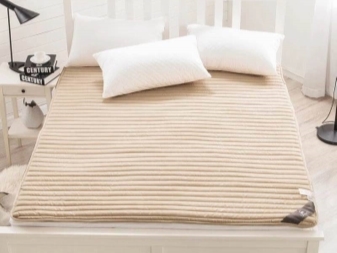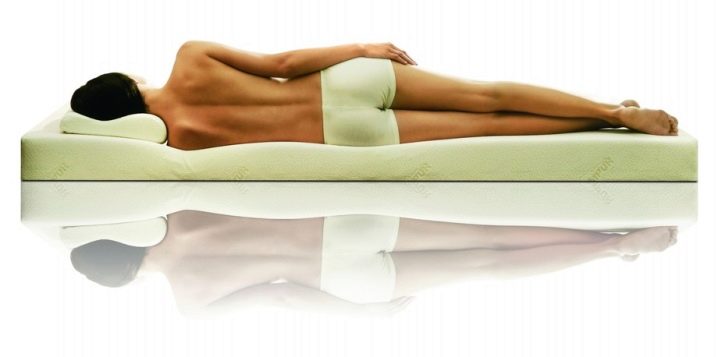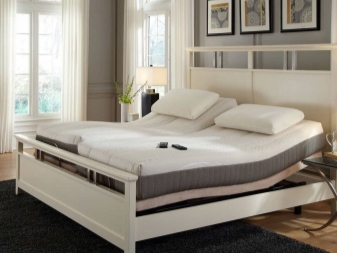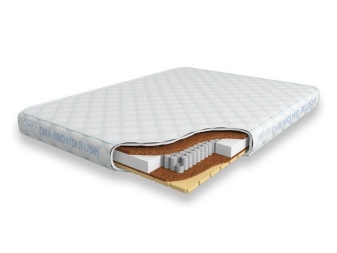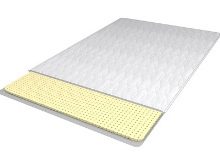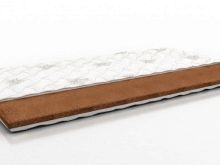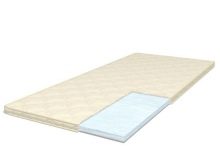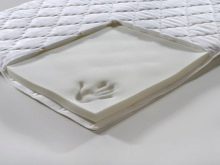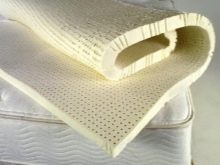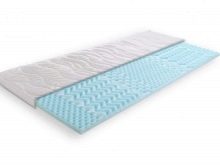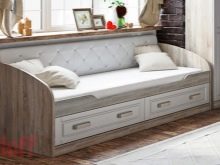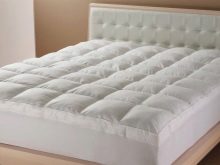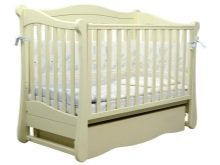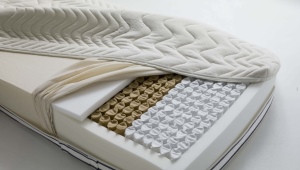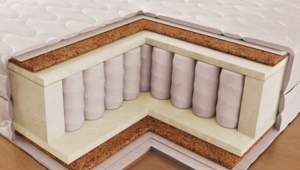Thin orthopedic mattresses
Orthopedic thin mattresses are becoming increasingly popular every year. They received their name not by chance: unlike conventional orthopedic products, their thickness is from 2 to 8 cm. It would seem like you can sleep on such a thin product, but practice shows that it is not only possible, but necessary. True, for this purpose it is placed on a bed, sofa, or even an ordinary orthopedic mattress.
An indispensable helper for a comfortable sleep.
Thin orthopedic mattresses are a great option for those who want to turn an old bed sagging from time into a comfortable bed.
They are suitable as flooring for sofas, beds, folding beds and other bedroom furniture. At the same time, despite the small volume, they are able to create a good orthopedic effect, giving their owners a good healthy sleep.
Such products will be useful even when it is necessary to make an extra berth in a hurry. For example, if guests unexpectedly arrived.
You can use them for additional bedding during the cold season.
Another use is on top of standard mattresses to change the degree of hardness.
They use small thickness models and as a mattress pad for the main mattress, since they are much easier to clean than a product with a height of 20-30 cm.
Benefits
Among the distinctive features and advantages of this type of bedding is noted:
- Enough tangible orthopedic effect. Despite the small thickness, it is comfortable and useful to sleep on them.
- Low weight, which facilitates their movement. Even a teenager or an elderly person can transfer and re-make such a mattress.
- Flexibility to roll the product into a rollthat also facilitates transportation and storage.
- Simplicity of operation - it is enough to knock out dust from the product only from time to time. It will not be superfluous to air it regularly through a draft.
With all these advantages, thin products are affordable, which makes them even more attractive.
Range
Like regular orthopedic mattresses, thin bedding can be spring-loaded or springless, hard or soft.
Modern models of spring products of reduced thickness are made exclusively on the basis of independent springs, which provides a good orthopedic effect. On such a surface, sound and healthy sleep is assured. The service life of such mattresses is much longer than that of springless ones, but their prices are much higher.
As for springless products, their properties depend on the type of filler. They are made from a variety of materials. The most popular are:
- Polyurethane foam (PPU). For the manufacture of mattresses, foam rubber with enhanced stiffness is used to improve orthopedic properties. Convenient, but not durable.
- Coir Coconut. Considered the best padding. It is not subject to the effects of putrefactive bacteria and moisture and does not deteriorate even with increased dampness (this allows the use of mattresses with koyra stuffing in summer cottages). In addition, it is well ventilated, ensuring maximum comfort for the sleeping and has hypoallergenic properties. At the same time, the filler not only does not cause allergic reactions, but also slows down the development of pathogens. Such a mattress is practical and durable - the lifetime is severalyears old.
- Strutopolast - synthetic material that provides excellent body support during sleep. At the same time, the price for it is quite democratic.
- Natural latex. A thin mattress filled with this material is quite elastic, giving a comfortable full sleep. Flexibility allows it to "adapt" to the body of the sleeper, supporting the neck and back in the right position. The only drawback is the price, which is an order of magnitude higher than that of products with foam or coir fillers.
- Sisal - material for stuffing of natural origin. It is extracted from agave leaves. Its advantages include good moisture resistance and antibacterial properties.
- Composite materials (combined packings) are used to improve the quality characteristics. The components of these packings complement each other, improving the properties of the product.
The most common variant of the combined filler is considered to be a mix of polyurethane foam with coconut coir. With coconut fiber, you can also use almost any kind of natural or synthetic filler. Other types of stuffing include jute - similar to sesal,only harvested from the corhorus.
And mattresses with a filler, and spring options are perfect not only for adults, but also for young children. So, on a bed of a newborn baby it is worth putting a product of a small height of the greatest rigidity. For these purposes, perfect model with a filling of coconut coir.
But for older children, it is worth using softer options, in which you can not only sleep, but also jump.
But whichever option is preferred, the mattress will provide a cozy and comfortable sleeping place. Of course, in the event that it meets all the necessary requirements of quality and environmental friendliness.
Reviews
Reviews of thin mattresses leave a wide variety. However, most of them are positive.
Some owners of thin products are happy to share how ten relatives who arrived at the jubilee were able to accommodate in the house, others like being able to periodically change the rigidity of the main sleeping mattress.
Owners of thin orthopedic mattresses note their convenience and good orthopedic data. Even just a few nights spent on such a mattress, can forget about the discomfort in the back and neck, feel rested, vigorous and full of strength.
Housewives pay attention to the fact that to clean a thin product there is no need to purchase expensive detergents and cleaning products - it is enough to periodically knock out dust from it.
Considerable importance is attached to the availability of the product - the low price allows everyone to purchase this popular type of bedding.
About what material is better for mattresses, you will learn in the next video.
